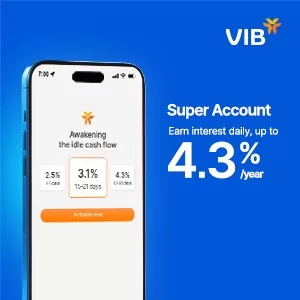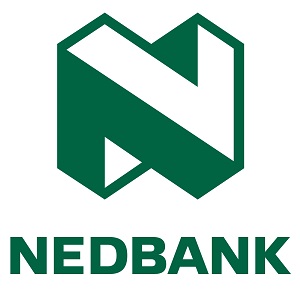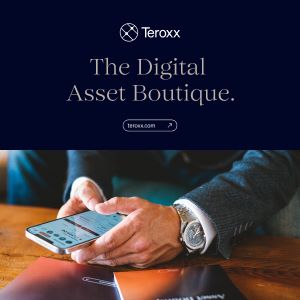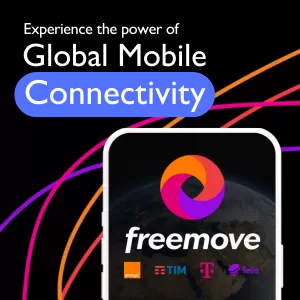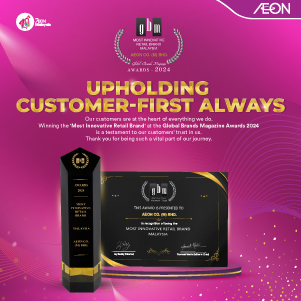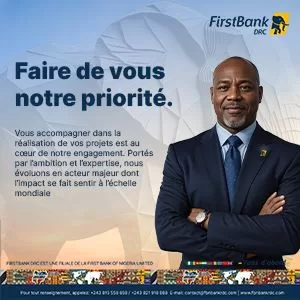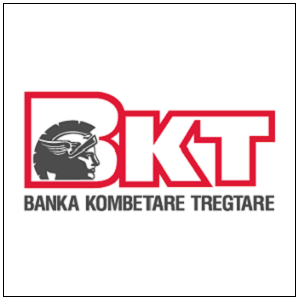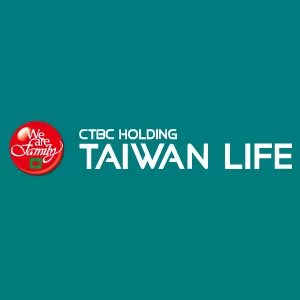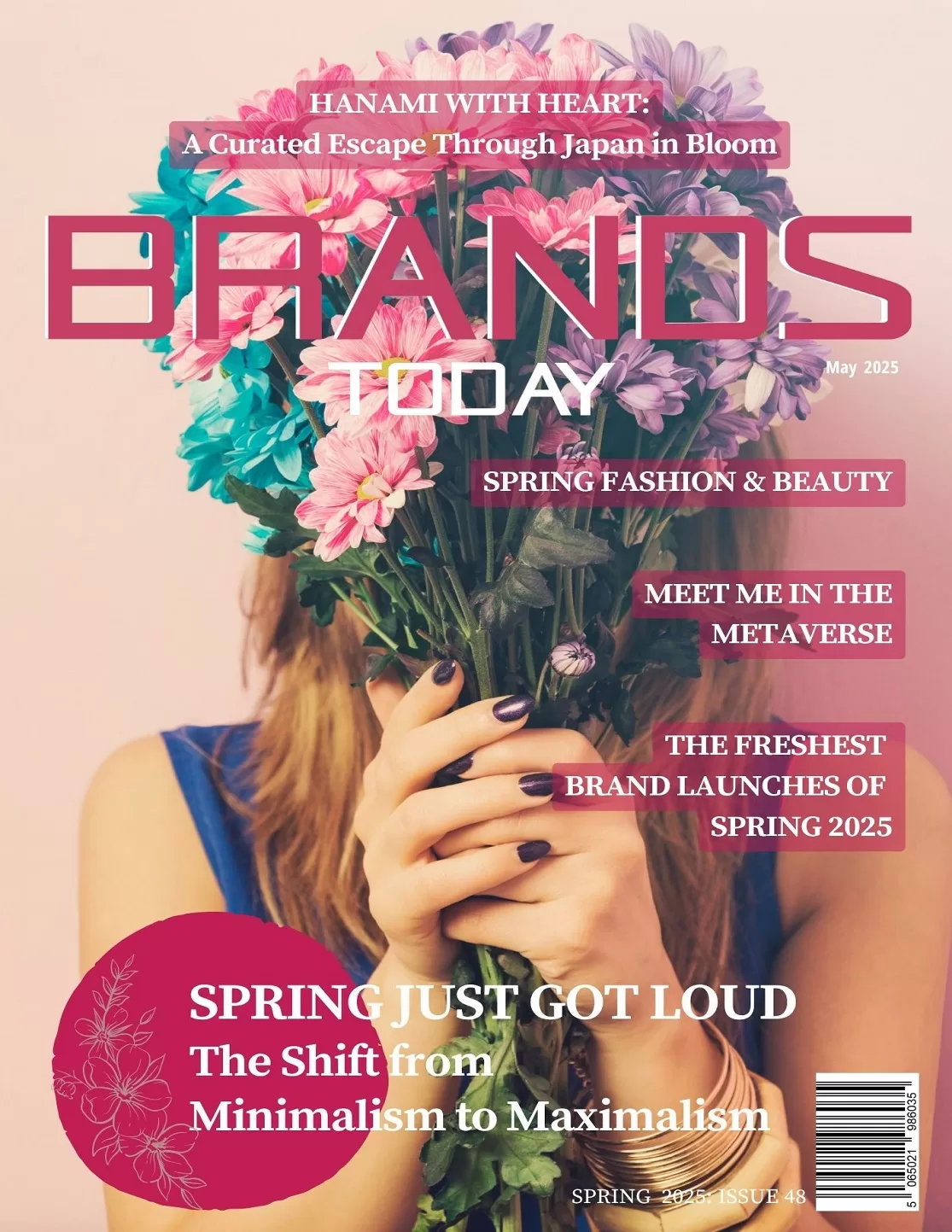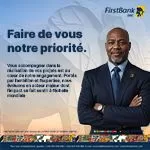Finance
What Is Vibe-Based Budgeting? Decoding Gen Z and Millennials’ 2025 Financial Habits
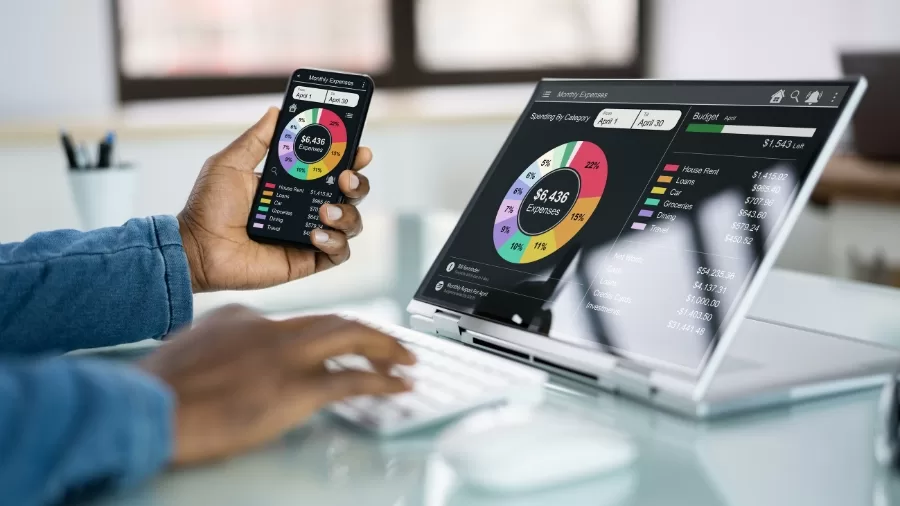
Imagine scrolling through X and spotting a post about soaring prices. That weekend brunch plan? Suddenly shelved. That’s vibe-based budgeting—adjusting spending based on how the economy feels, not just the bank account.
A 2025 Intuit Credit Karma survey shows 44% of Americans believe prices are climbing rapidly, with 48% of Gen Z and Millennials adopting financial habits influenced by social media trends. Economic buzz shapes financial choices worldwide. This trend can guide smarter money moves, but it needs the right strategy.
Why Gen Z and Millennials Are Hooked
Tough times leave lasting impressions. The 2008 recession and pandemic hit Gen Z and Millennials hard, making them hyper-aware of economic signals.
- Rough Beginnings: Millennials faced low wages post-2008, while Gen Z navigated job market chaos during the pandemic. Caution is second nature.
- Social Media Buzz: 52% of Gen Z seek financial advice on TikTok, influencing their money mindset. A viral “doom spending” video can trigger a savings spree.
- Cost Crunch: Housing prices for Gen Z are double what Boomers paid in their 20s. Rent, loans, and inflation stack up fast.
Take Amy, a 26-year-old earning a steady salary. X posts about a 2025 recession led her to pause her gym membership. Ever ditch a purchase after a news hit? It’s a vibe thing, but there’s a better way.
How Vibe-Based Budgeting Works
Forget strict spreadsheets. This is about reacting to the world news, TikTok, or chats with mates. Here’s what fuels it:
- News Triggers: 48% of Americans second-guess their financial standing due to media coverage, shaping their economic outlook. A story about interest rate hikes might cancel a holiday plan.
- Social Media Waves: 48% of Gen Z and Millennials tweak budgets based on social media trends, including platforms like Instagram and TikTok.
- Mood-Driven Choices: 61% felt more economic anxiety in 2025 than last year, pushing them to save or splurge.
Jack, a 24-year-old with solid savings, axed a festival ticket after a news report on inflation. Sound familiar? Feelings steer spending, but they don’t always match reality.
The Wins and Pitfalls
Vibe-based budgeting can be a game-changer, but it’s got traps. Here’s the lowdown:
The Wins
- Quick Shifts: Slash non-essentials fast when news feels grim.
- Trend Awareness: Staying tuned to economic vibes, flags, rising costs or job shifts.
- Hopeful Mindset: 38% of vibe budgeters feel good about their financial future.
The Risks
- Overdoing It: Cutting too much can mean missing out on fun or smart investments.
- Wobbly Habits: Emotional choices lead to up-and-down saving or spending.
- Misinformation Traps: Social media can hype fears, pushing decisions based on rumours.
Ever wonder if a spending shift was grounded in facts or just a vibe? Checking the numbers keeps it real.
Tips to Ace Vibe-Based Budgeting
No need to drop this approach. Tweak it with these global personal finance tips to keep your money moves on point.
1. Fact-Check the Finances
Before slashing spending, review the actual budget. Apps show income and expenses clearly. With 51% of Americans in positive cash flow, drastic cuts might not be needed.
Sarah, a 29-year-old, got spooked by tariff news. Her budget check showed a monthly surplus. She saved a chunk for emergencies instead of cutting coffee runs.
Brands to Try:
- YNAB (You Need A Budget): Gamifies budgeting with colourful trackers, helping Gen Z and Millennials visualise their cash flow.
- Monzo: Offers real-time spending insights, perfect for vibe-driven adjustments.
2. Tame the Social Media Noise
Social media fuels vibe-based budgeting, but not every post is legit. Stick to trusted financial voices like global money experts or reputable outlets. Ditch accounts pushing unverified drama.
Hack: Cap financial news on X or TikTok for 10 minutes daily. Stay in the know without losing it.
Brands to Try:
- NerdWallet: Delivers reliable financial tips on social platforms, cutting through the noise.
- Budget With Liz: Shares Gen Z-friendly budgeting hacks, like mood-board-inspired planners.
3. Keep Budgets Flexible
Rigid budgets don’t vibe. Try the 50/30/20 rule:
- 50% for needs (rent, bills)
- 30% for wants (nights out, hobbies)
- 20% for savings or debt
Shift “wants” based on the mood. Feeling upbeat? Grab concert tickets. Stressed? Boost savings.
Ben, a 27-year-old, cut his “wants” by 10% after energy price news, saving a tidy sum monthly without missing much.

Brands to Try:
- Mint: Tracks spending categories, making it easy to adjust based on economic vibes.
- Qapital: Lets users set vibe-driven savings goals, like skipping fast food for concert funds.
4. Build a Money Cushion
Economic worries hit lighter with a safety net. Save 3-6 months of expenses in a high-yield account. Start with a small monthly amount—it adds up fast.
Stat: 20.3% of Gen Z save for emergencies, compared to 14.3% hoarding “just in case”. Small steps build big security.
Brands to Try:
- Chime: Offers high-yield savings with no fees, ideal for small, consistent deposits.
- Acorns: Rounds up purchases to save spare change, aligning with Gen Z’s low-effort saving vibe.
5. Rock a No-Buy or Low-Buy Challenge
TikTok’s “no-buy year” trend has 20% of Gen Z on board for 2025. A low-buy year (56%) is easier, cutting non-essentials with flexibility.
How to Start:
- List must-haves (groceries, bills).
- Pause non-essential buys for 30 days.
- Funnel savings to a goal, like a trip or debt payoff.
Mia, a 23-year-old, went no-buy for a month, skipping fast fashion and saving enough for a weekend getaway.
Brands to Try:
- Vinted: Supports secondhand shopping, perfect for low-buy challenges with sustainable flair.
- Depop: Offers trendy, pre-loved items, aligning with Gen Z’s frugal, eco-conscious vibe.
6. Play Smart with Buy Now, Pay Later
BNPL services like Klarna are booming, with global growth spiking. They’re great for flexibility, but clear balances fast to avoid interest.
Hack: Check credit scores with a free service. A decent score lands better BNPL deals.
Brands to Try:
- Klarna: Offers flexible payments, popular with 66% of Gen Z for vibe-driven purchases.
- Afterpay: Enables planned splurges without credit card debt, fitting cautious Gen Z habits.
Gen Z vs. Millennials: Who’s Doing It Differently?
Generation shapes the vibe-based budgeting game. Here’s how they stack up:
Gen Z (Born 1997-2012)
- Tech-Savvy: 64% use budgeting apps, 17% dabble in crypto. Digital wallets and green investments are their thing.
- Early Savers: 75% save regularly, with 45% eyeing homeownership by 2028.
- Social Media Driven: 52% of Gen Z seek financial cues from TikTok, making vibes a big deal.

Millennials (Born 1981-1996)
- Bigger Loads: Mortgages or kids limit savings to less than half of Gen Z’s.
- Wary Investors: The 2008 crash stung, but investment apps like eToro encourage Millennials to invest.
- Resilient: Millennials demonstrate workforce stability, with many holding steady jobs, showing grit.
Gen Z stacks cash early, while Millennials juggle heavier costs. Which vibe matches your life?
Vibe-Based Budgeting in a Global Context
Rising home prices, energy costs, and inflation hit hard globally. Here’s how to make vibe-based budgeting work anywhere:
- High Costs: Skip takeaways to save for rent. Meal prepping saves a chunk monthly.
- Economic Jitters: 2025 tariff talks spark caution. Prioritise essentials and save small amounts.
- Social Media Trends: Gen Z worldwide are more likely to shop secondhand on platforms like Vinted, riding the sustainable vibe.
Zara, a 28-year-old nurse, switched to a cheaper supermarket after the inflation news, saving enough for a car loan payment.
Brands to Try:
- ThredUp: Promotes secondhand fashion, supporting Gen Z’s eco-friendly budgeting vibe.
- Too Good To Go: Offers discounted surplus food, aligning with vibe-driven savings and sustainability.
The Numbers Behind the Vibes
Check out this 2025 vibe-based budgeting snapshot:
|
Metric |
Percentage |
Source |
|
Americans on vibe-based budgeting |
44% |
Intuit Credit Karma |
|
Gen Z on vibe-based budgeting |
56% |
Intuit Credit Karma |
|
Millennials on vibe-based budgeting |
57% |
Intuit Credit Karma |
|
Economic anxiety in 2025 |
61% |
Intuit Credit Karma |
|
Gen Z saves regularly |
75% |
Global Finance Report |
|
Millennials with stable jobs |
70% |
Global Finance Report |
These stats show a global trend. Over half of the peers are vibe-budgeting. Are you in the mix?
Real Stories to Spark Ideas
Here’s how others are nailing vibe-based budgeting with brand support:
- Ellie, 25: TikTok’s “loud budgeting” trend led to a low-buy month. Skipping fast fashion via Vinted saved enough for an investment account with Acorns.
- Mark, 33: A freelancer, Mark dropped a subscription after tariff news, saving monthly with Mint’s budget tracking.
- Leila, 22: A student, Leila used Klarna for a phone, paying it off fast. YNAB keeps her spending sharp.
Small vibe-driven tweaks, backed by smart brands, stack up big.
Questions to Chew On
- Do headlines flip spending habits?
- How much does TikTok sway the budget?
- Is saving enough, or just chasing vibes?
- Could a no-buy week spark a money glow-up?
These nudge a balance between gut and goals. Vibe-based budgeting pops when paired with a plan.
How Brands Are Riding the Vibe
Brands are jumping on vibe-based budgeting to connect with Gen Z and Millennials:
- Authenticity First: 90% of Gen Z and Millennials want authentic brands. Patagonia embeds sustainability in its supply chain, resonating with eco-conscious budgeters.
- Social Media Game: Starbucks uses user-generated content on Instagram to highlight real customer vibes, building trust.
- BNPL Boost: Klarna and Afterpay support flexible spending, with 66% of Gen Z using BNPL for vibe-driven buys.
- Sustainability Wins: 64% of Gen Z pay more for eco-friendly products. ThredUp and Vinted offer secondhand fashion, aligning with frugal, green vibes.
- Personalised Experiences: 66% of Gen Z expect personalisation. CommentSold enables live selling for luxury brands, creating vibe-driven shopping moments.
A retailer saw more Gen Z shoppers by offering secondhand options on Depop, tapping into the frugal, sustainable vibe.
Steps to Own the Money Game
Vibe-based budgeting is a 2025 staple. Make it shine with these moves, supported by brands:
- Check budgets weekly with Mint or YNAB to keep vibes grounded.
- Follow trusted financial experts on social media, like NerdWallet.
- Try a no-buy week with Vinted or Depop for sustainable swaps.
- Stash a small amount monthly in Chime or Acorns high-yield accounts.
- Use Klarna or Afterpay for planned buys, clearing balances fast.
No need for a total money makeover. Ditching one takeaway or pausing a subscription with help from these brands syncs budgets with economic vibes while chasing goals.
Found this article interesting? Let us know in the comments how you plan your budgets and help others match your vibe!








